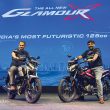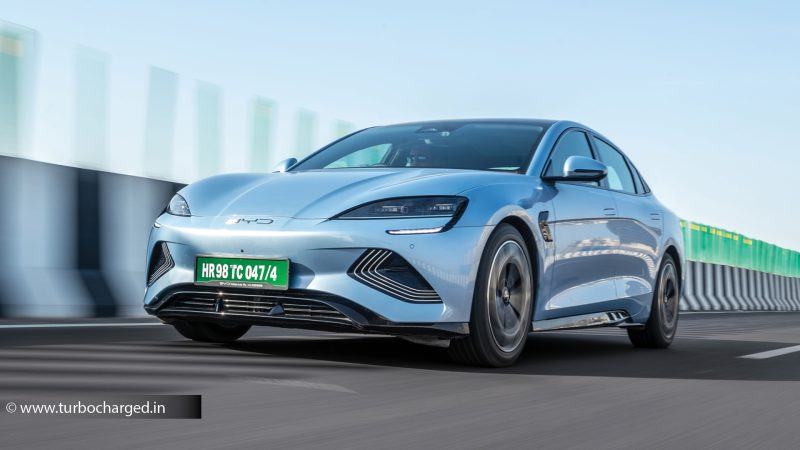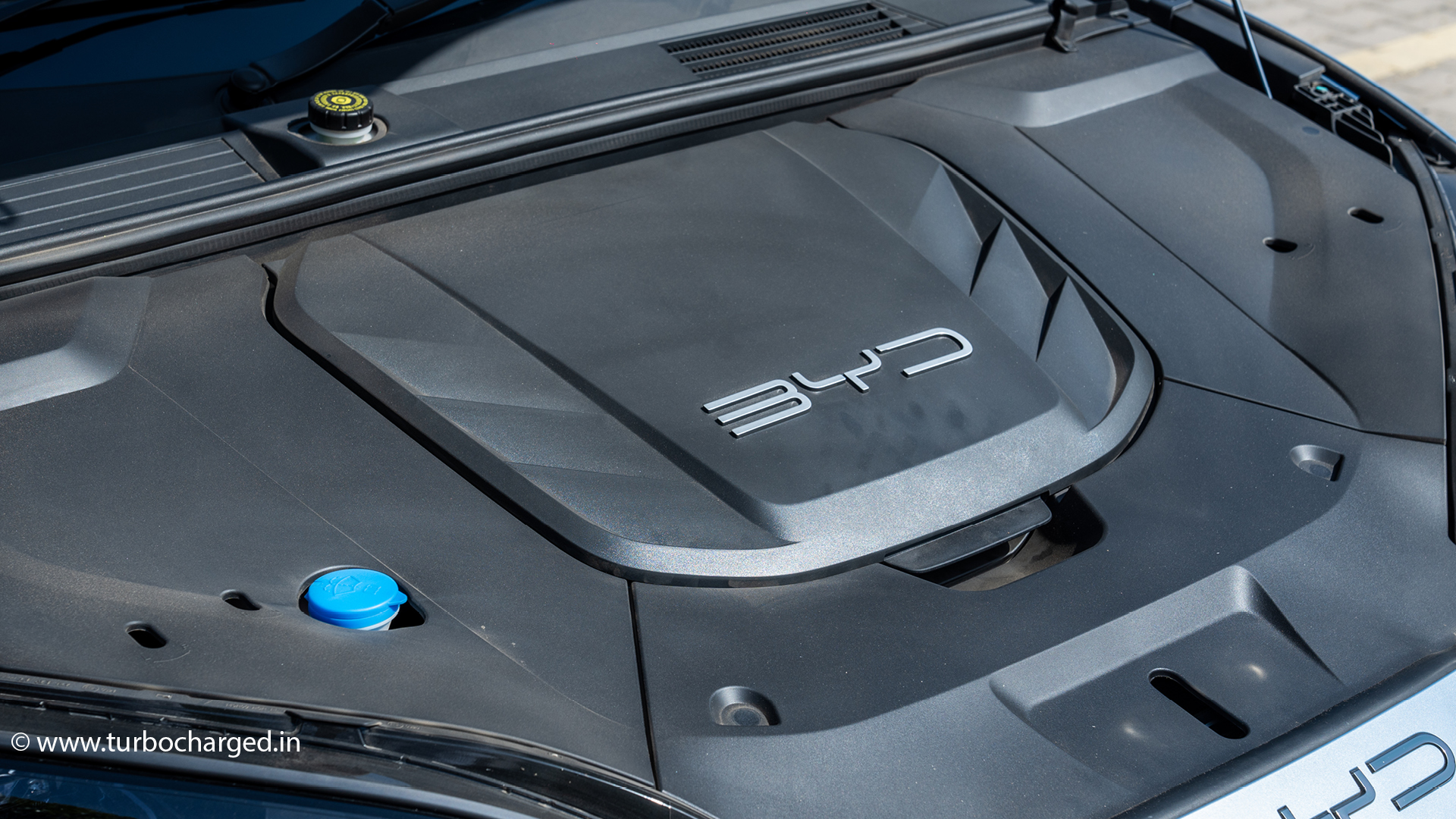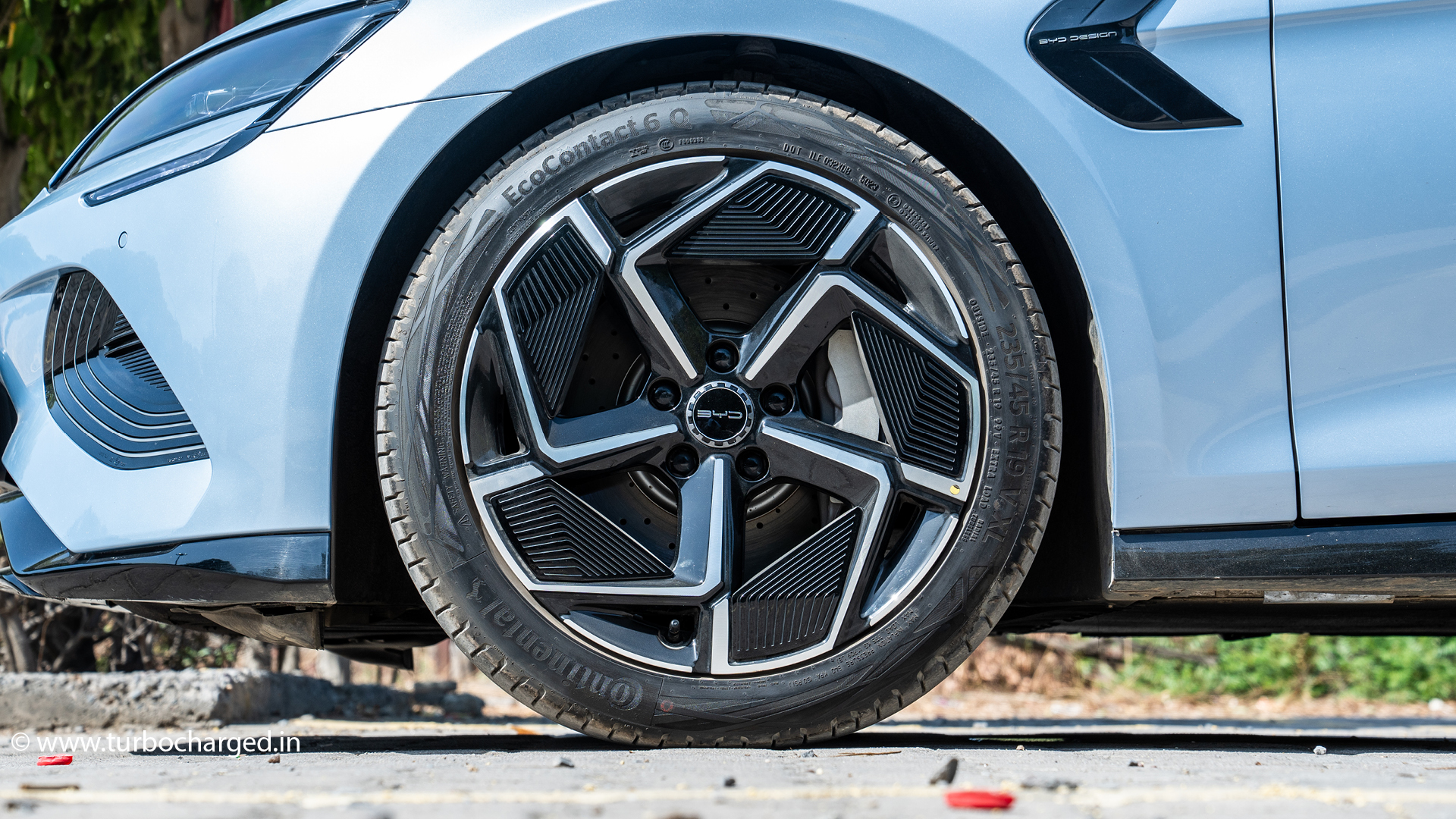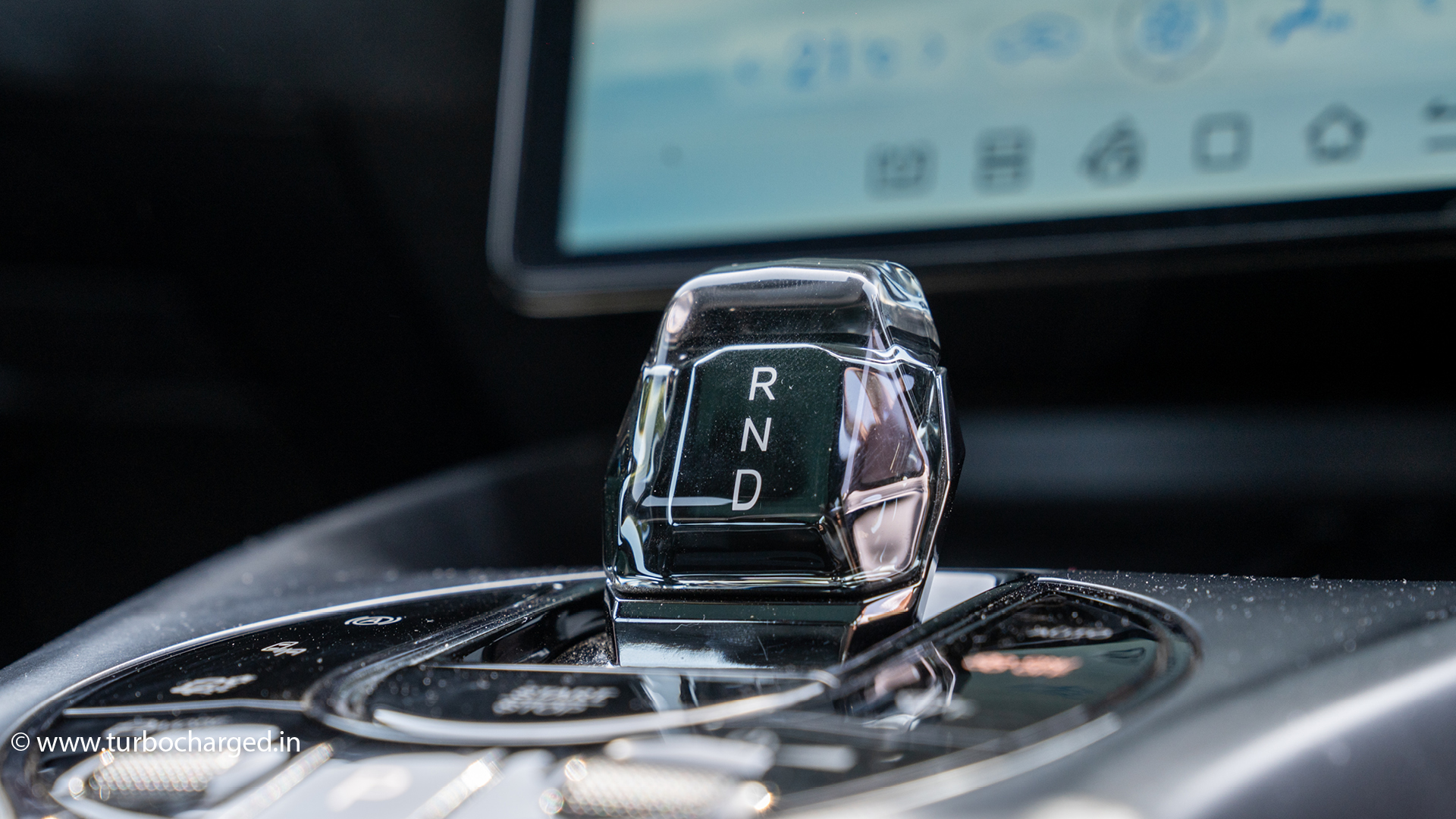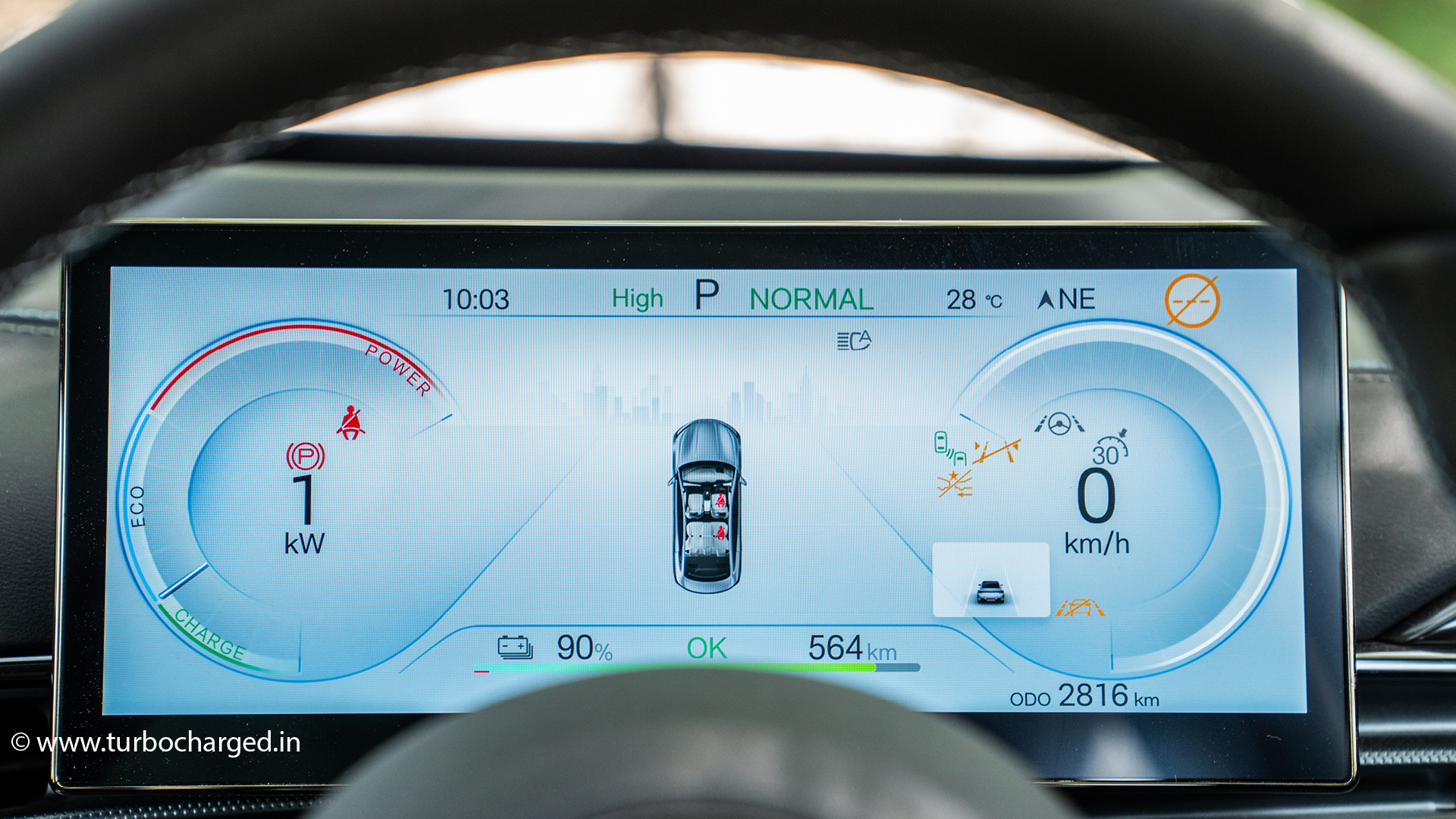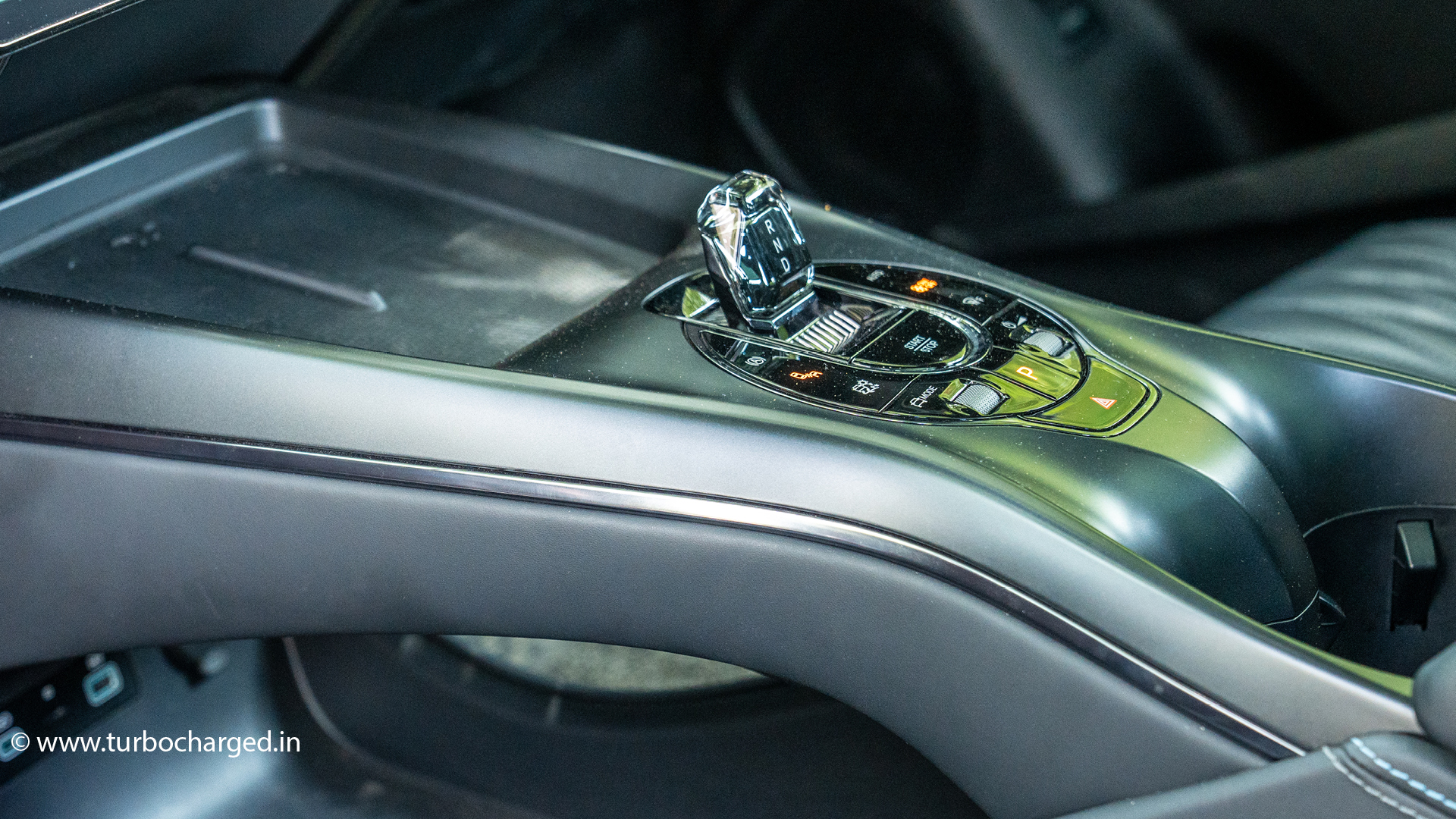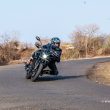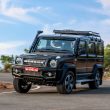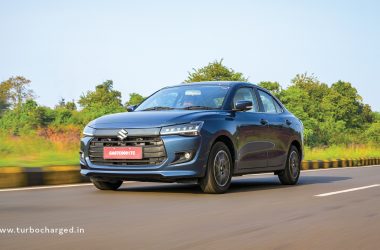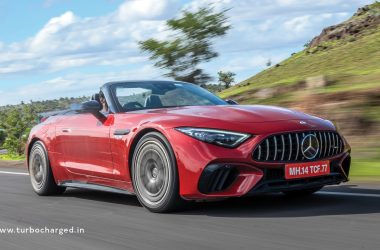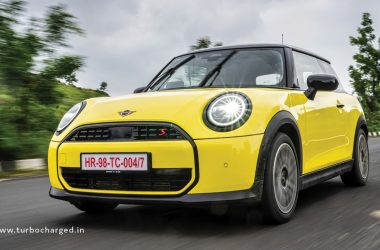As a car maker BYD has piqued my interest for the longest time. And no, that’s not just because of the rather unconventional name – BYD stands for Build Your Dreams, in case you didn’t know. I’ve also been intrigued by BYD’s non-traditional approach towards passenger cars. Then there’s the fact that BYD is just 21 years old as a car maker, but it’s unique approach and strong focus on EVs has seen it grow tremendously. Heck, BYD even beat Tesla last year to become the largest selling EV brand globally! It’s also a couple of years now since BYD entered India, but the brand has been taking it easy and again, taking a very non-traditional approach. The launch of the BYD Seal is yet another step in the same direction in my books.
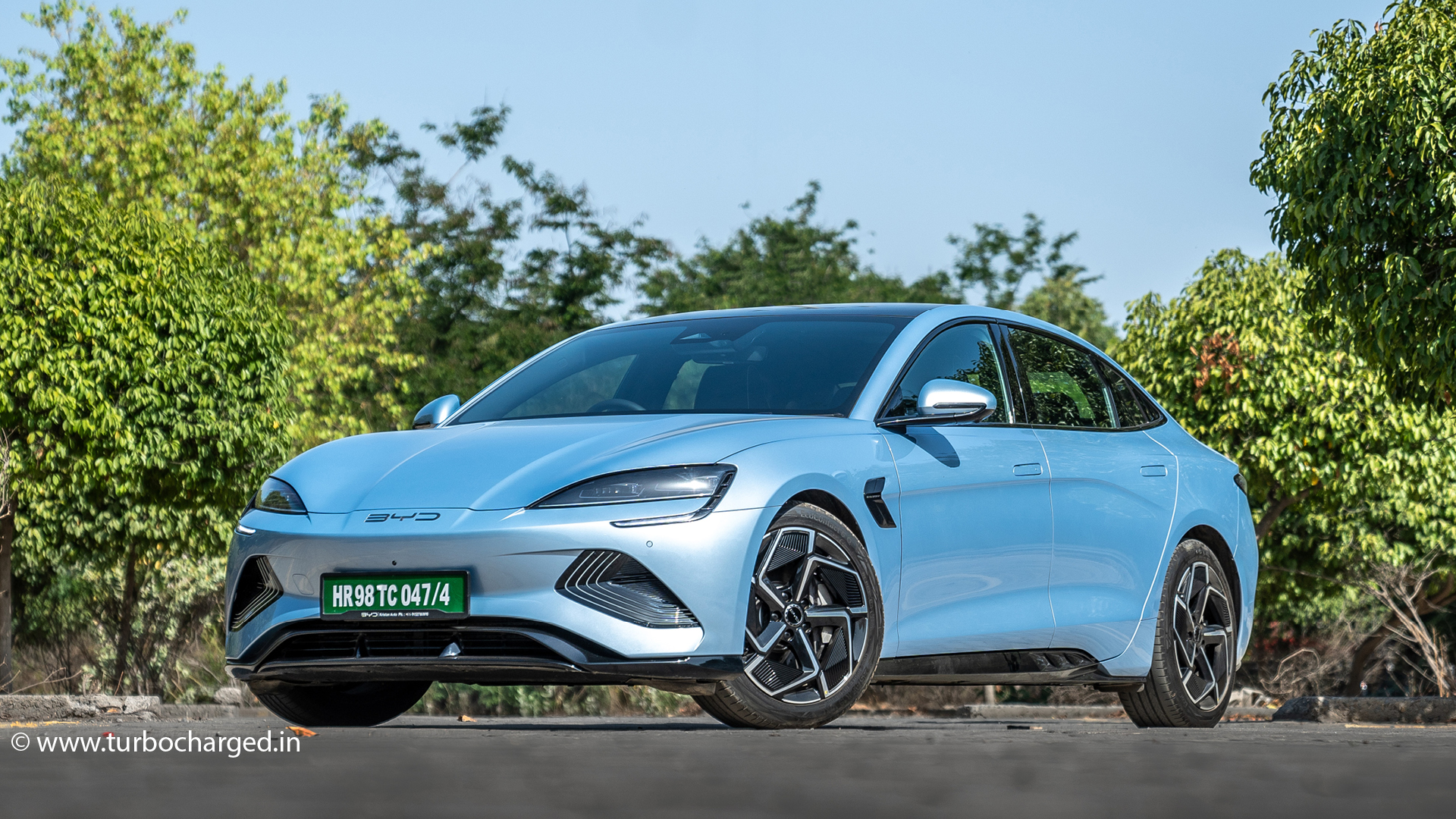
That’s because as far as EVs in India go, most of the action is currently concentrated either at the mass market side of things or at the luxury end and the BYD Seal thus enters the relatively nascent premium space. The Seal thus stands out as a very distinctive offering, being the first and – currently – only fully-electric premium sedan. Its pricing (Rs 41 lakh to Rs 53 lakh ex-showroom) puts the Seal in the same league as the Hyundai IONIQ5 and Kia EV6 – both have been received well but like most other EVs in India use the SUV bodystyle.
What’s also interesting is the choice of powertrains offered in the Seal. You can choose from two battery packs and either a rear-wheel drive or all-wheel drive format, unlike most other premium/luxury EVs. The Seal’s biggest draw of course is the first impression it makes, being a low-slung, sporty looking sedan.
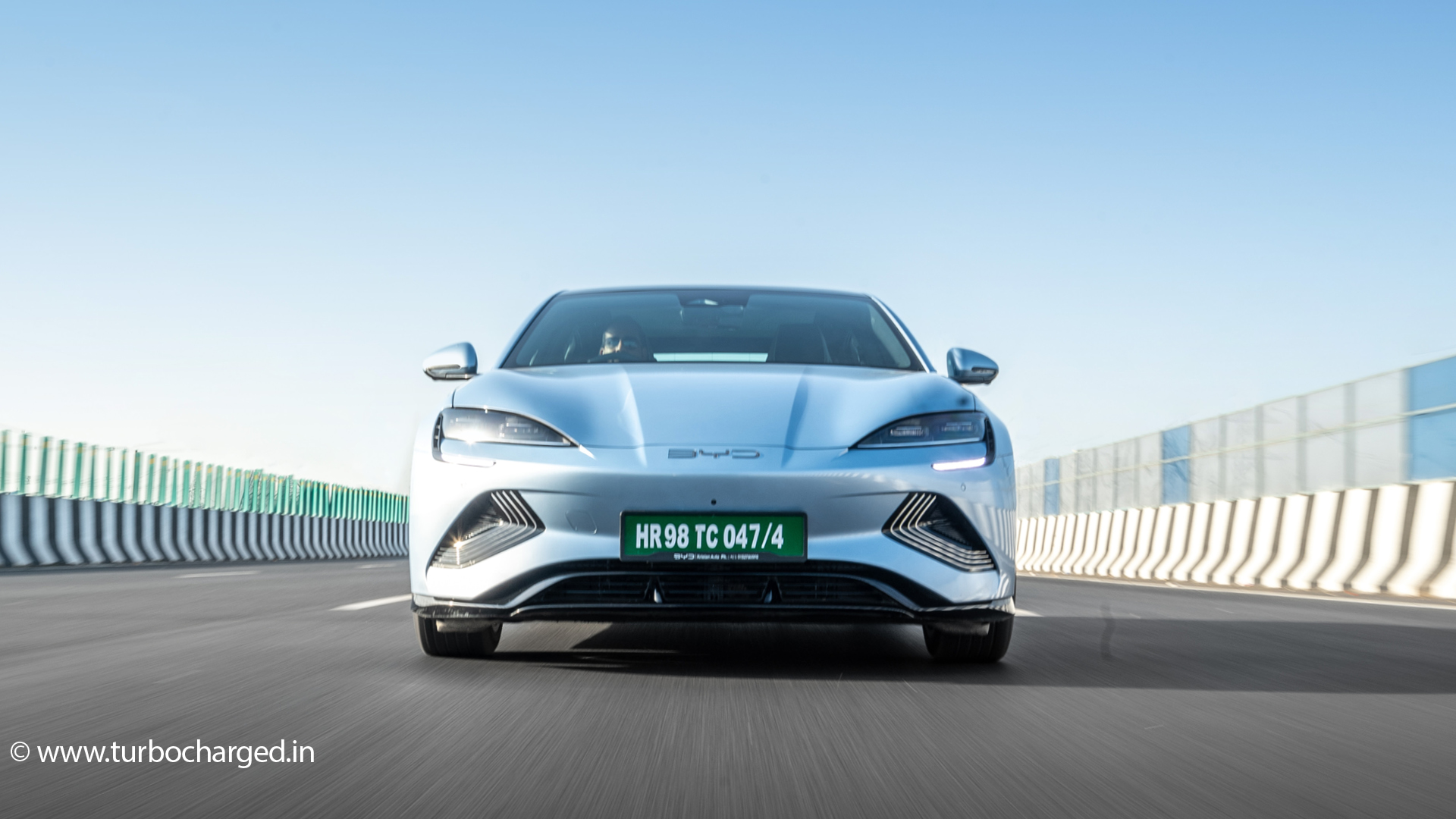
We drove the Seal in and around Gurugram, which has become the business district in the Delhi-NCR, and got lots of glances and questions about the brand (BYD is yet to register itself as a car maker in the minds of most people clearly). As a self-professed admirer of sedans I’m enamoured by the Seal’s stance and design too. The design is curvy from end to end, and the headlamp and tail lamp design help the Seal look very alluring. The bumper is a mix of curves too and overall, the Seal has a very appealing-looking face. I also like the silhouette from the sides given the 19-inch wheels and long, low slung stance, though that also means ground clearance is rather worrisome at 145mm. Given its looks, especially from the sides, you could easily mistake the Seal for a performance sedan with a turbocharged straight six under its hood!
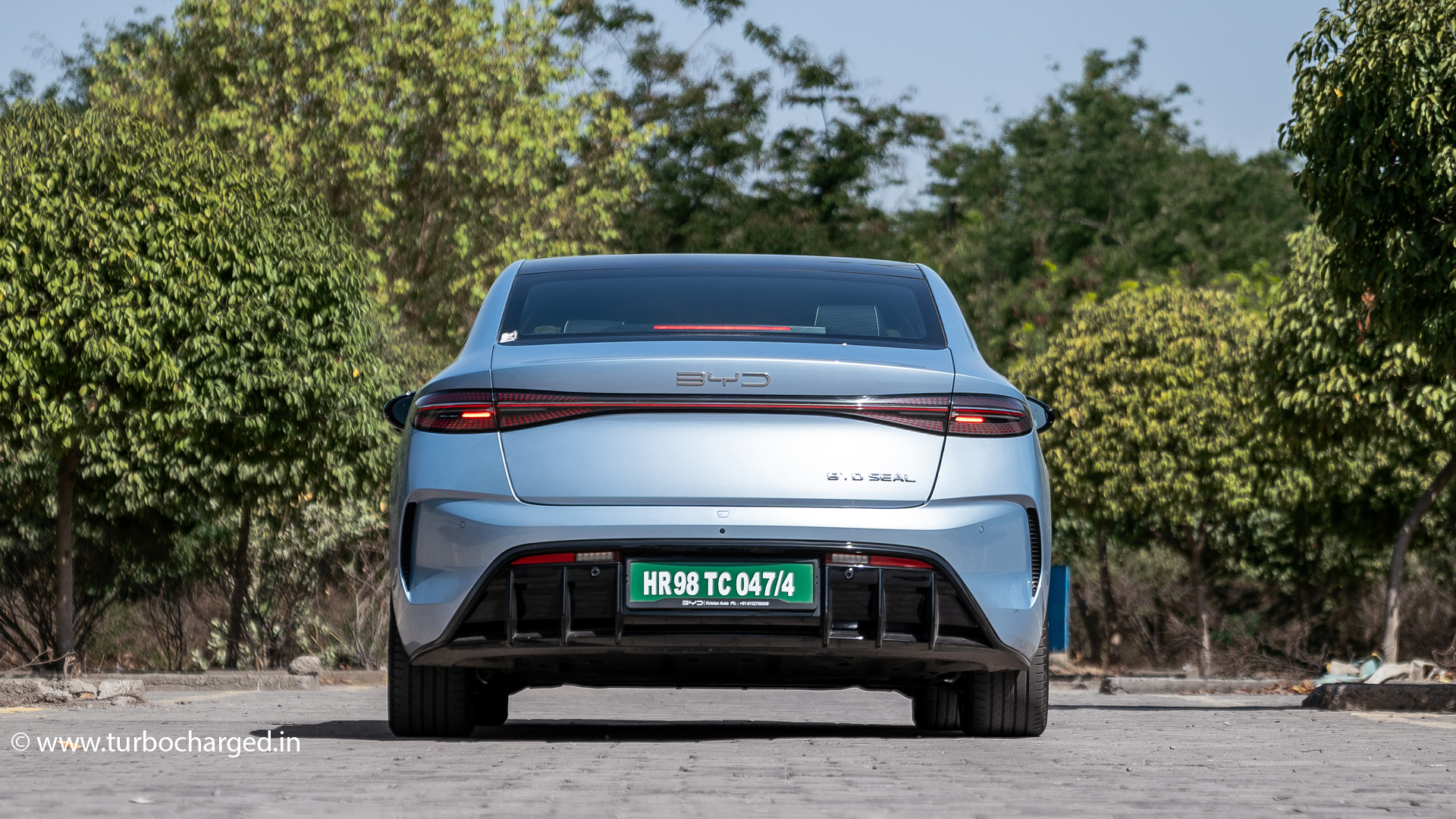
The rear is dominated by a high boot, adorned by tail lamps that are connected by a strip of LEDs and a sporty looking diffuser. Overall, there’s a very European vibe and the car’s excellent fit-finish levels add to that feel. The interiors echo the sentiment with their classy design and while there is a generous helping of surfaces and textures, it’s all very appealing looking. That said, while most plastics and surfaces feel premium, some of them lack the premiumness, though the leatherette finishes and soft touch plastics are very nice. The centre console makes clever use of space and the Seal even boasts two wireless charging pads, with a rubber base to prevent phones from slipping.
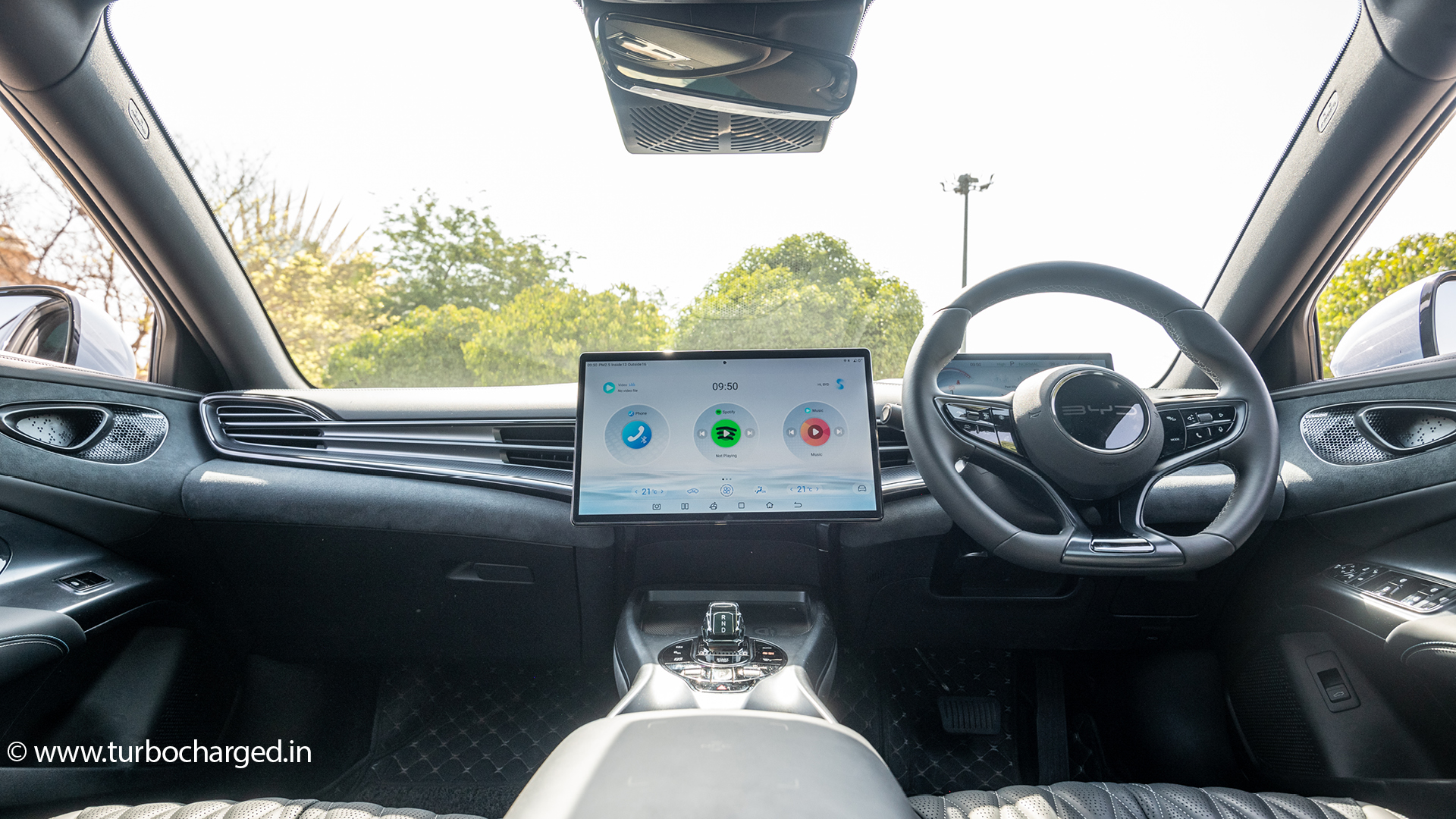
The drive selector lever looks very premium, reminding of BMWs and Volvos with its crystal finish and sits surrounded by a bunch of switches. The piece de resistance inside the cabin though is the massive 15.6-inch touchscreen display that also has the ability to let you rotate the screen physically to choose between a portrait and landscape orientation. The screen is quite nice, but air-conditioning controls can only be accessed from the touchscreen. What is also irksome is that like the Porsche Taycan, you cannot adjust the air-conditioning vents manually in the Seal and these can only be adjusted via the touchscreen! Interestingly though, there’s a ‘swing’ function, akin to what you have on air-coolers and air-conditioners at home! I like the steering wheel too, though the centre piece with the BYD name doesn’t look as premium as the rest of the wheel. The 10.25-inch instrument cluster display is nice to view and use and offers a host of information in a legible manner.
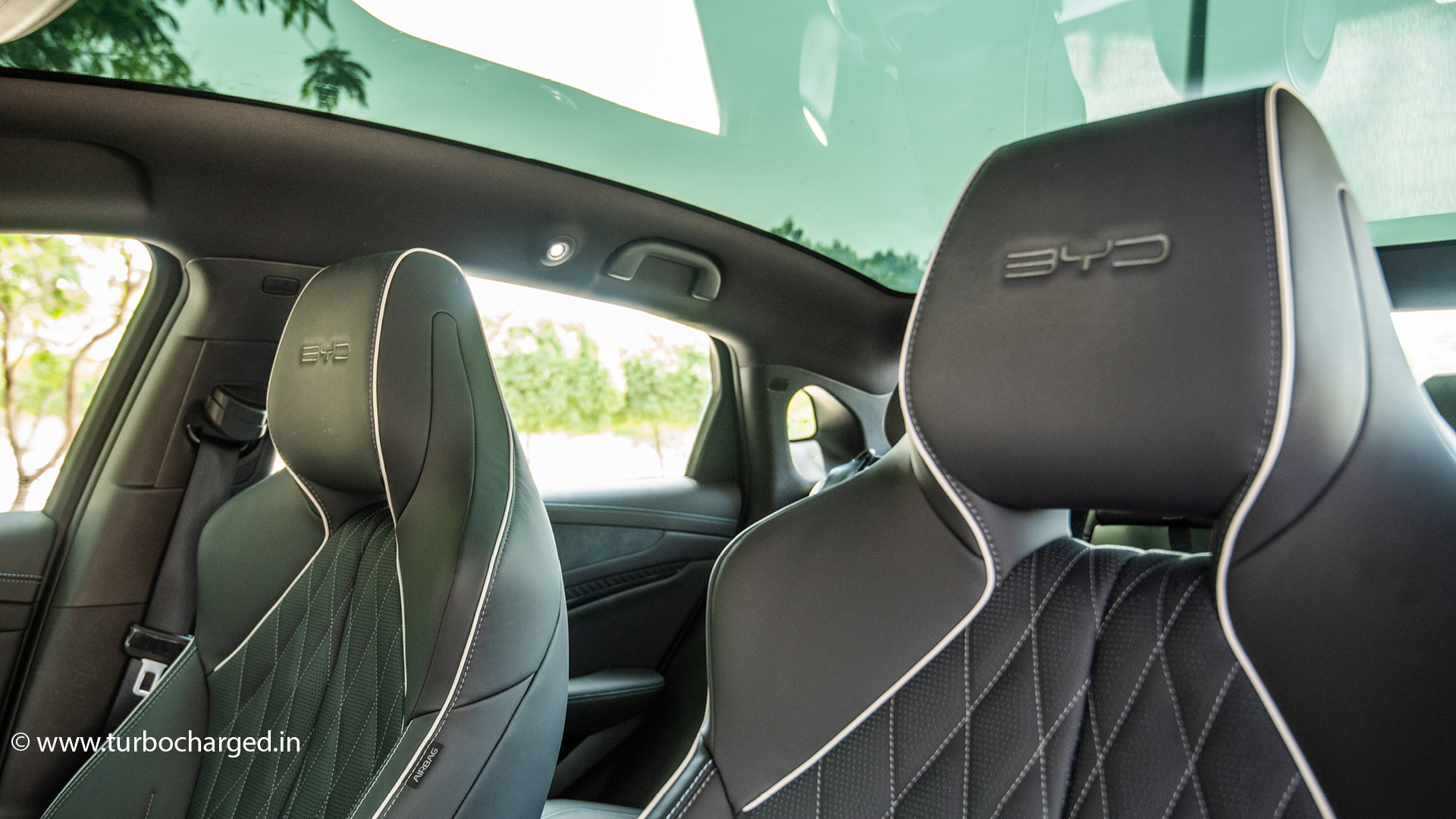
Seats wear a quilted finish and are comfortable, besides which front seats are heated and ventilated. The rear bench needs you to enter carefully as the roof is low and the battery pack in the floorboard means height is compromised. That said, the angle at which the rear seatback is reclined and the length of the seat squab ensure backseat comfort is excellent. Rear legroom and kneeroom are very good while the large panoramic glass roof adds to the cabin’s roominess, and I foresee the Seal impressing the chauffeur-driven lot of premium EV buyers immensely. Luggage space is adequate too – you get a 400-litre boot and a 50-litre ‘frunk’ under the hood. The massive touchscreen is your gateway to most of the functionalities and one of my favourites is the 360-degree view. You also get multiple USB ports – Type-A and Type-C as well along with Apple CarPlay and Android Auto connectivity. Audio quality is excellent as well. The Seal also comes with a head-up display and is NFC ready, in case you wish to use a card to lock/unlock the car. There’s ADAS on the safety front, besides as many as 10 airbags, which is very impressive.
Unfortunately, I only got to drive the ‘Premium’ version with a single motor and not the ‘Performance’ version that uses two electric motors. Premium uses a RWD layout and has an 82.56kWh battery pack send juice to the electric motor that sends 313PS and 360Nm to the rear wheels. These outputs are impressive, but are also a far cry from the Performance version that offers 530PS! The Seal uses BYD’s blade-cell LFP battery pack which is one of the most modern battery technologies and is receiving praise for its efficiency and range. Range for the Premium version I drove is the highest in the Seal, and is a very impressive 650km per charge. Acceleration is brisk but you don’t exactly get thrust into the seatback – I suspect that would be the case with the 530PS Performance version though.
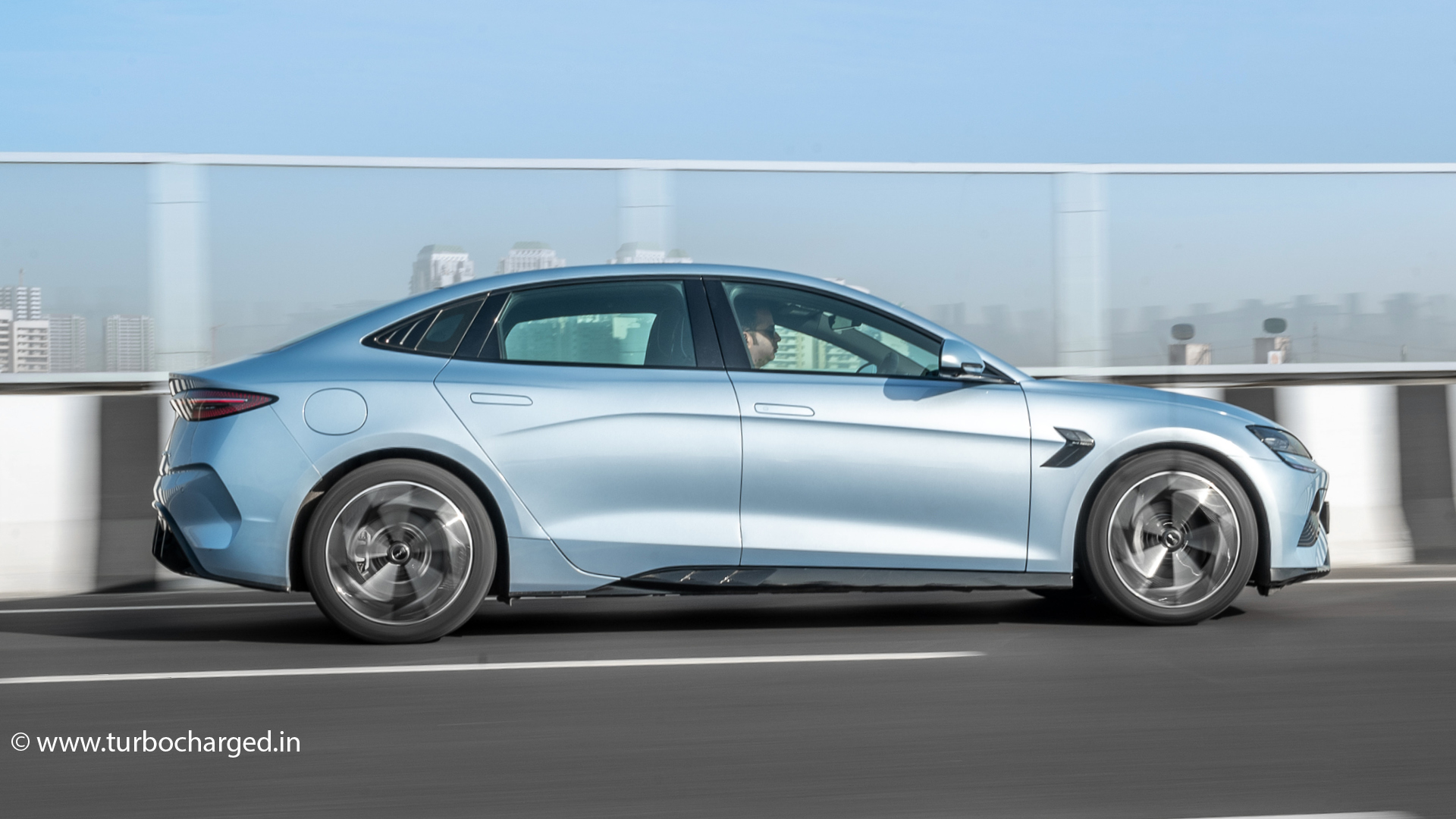
The Premium offers a smooth feel, though admittedly I was left wanting for more manic throttle responses. That said, the Seal is quick besides which there’s a sense of elegance to the performance. You also get three driving modes, but given the progressive power delivery you can stick to any mode for most occasions. Regenerative braking can be altered from the touchscreen and makes a difference and overall, the throttle response, power delivery and regen come together to offer a likeable feel on the powertrain front. Handling is typical of a low slung sedan and the Seal’s weight helps it stay planted too. It weighs just over two tonnes at 2,055kg but has a very European feel thanks to its 19-inch wheels and firm suspension that makes for sporty and confident handling without robbing the car of the ability to soak up ruts and potholes. I also like the feedback from the steering though slightly quicker responses would make it feel even better. I was a little disappointed with the Seal though as despite being a RWD car, you cannot drift it, as BYD has ensured you cannot trick the electronics to go sideways!
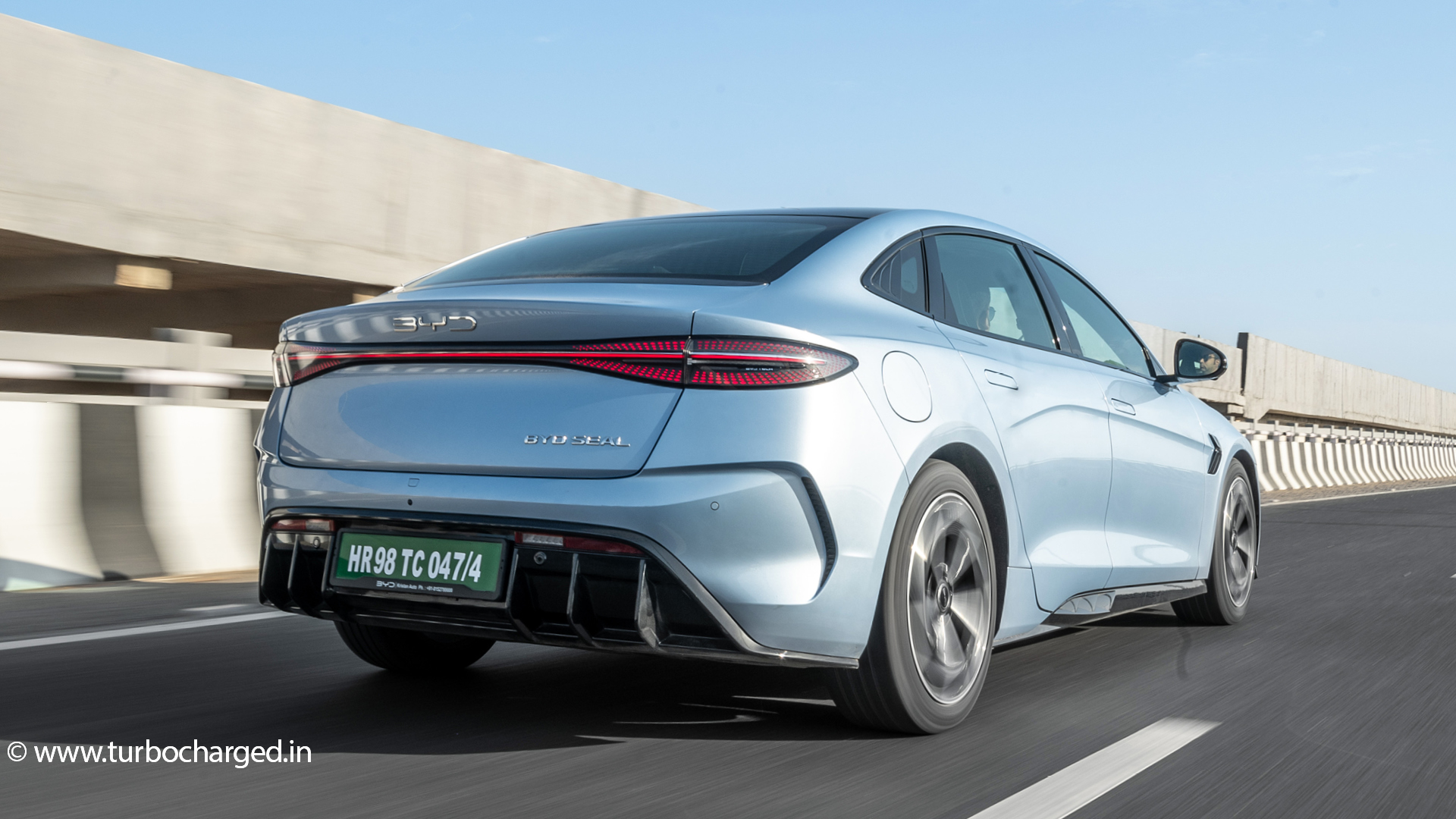
Prices begin from Rs 41 lakh ex-showroom for the Dynamic variant while the Premium and Performance variants retail at Rs 45.55 lakh and Rs 53 lakh respectively. On the face of it, the Seal commands a premium, coming from a brand that’s yet to make its mark in the minds of premium car buyers. Look beyond that though and you’ll realise it is a lot of car for its price and one that’s sure to make German luxury car buyers give it a serious thought. I’m also almost convinced that the full-blown Performance version is the one you should look at – it’ll promises to show German luxury sedans a clean pair of heels while costing a lot lesser.



